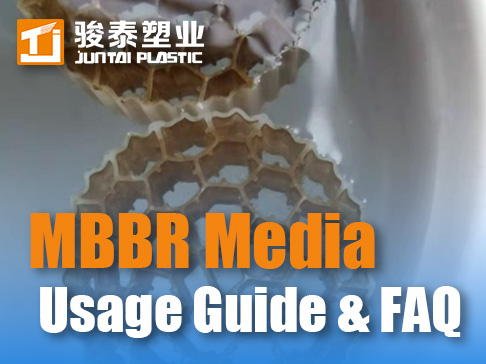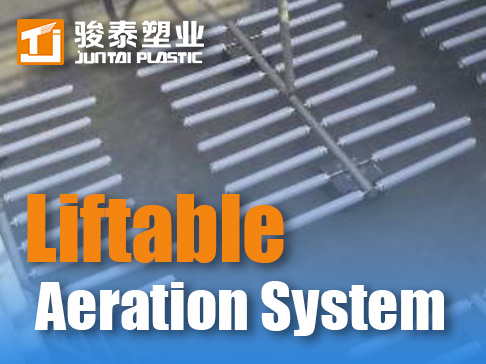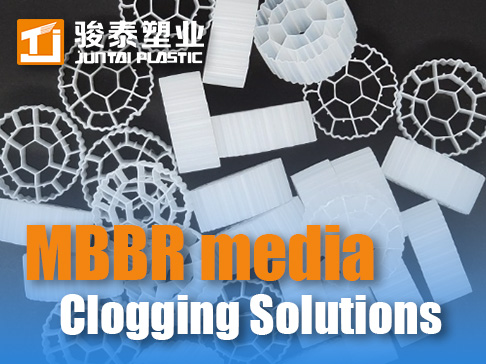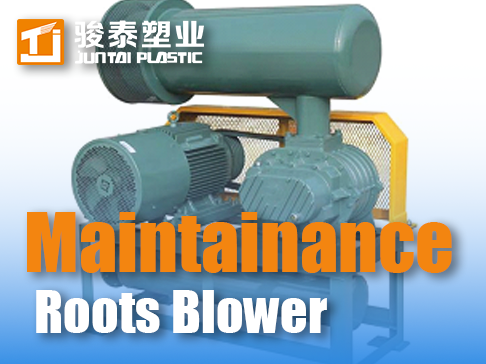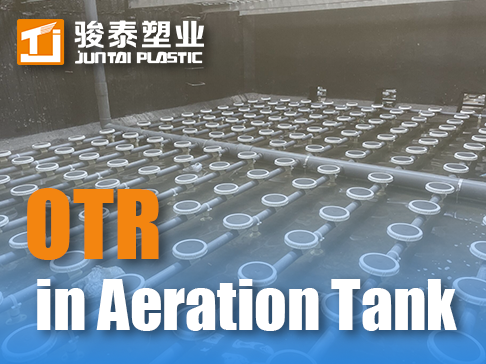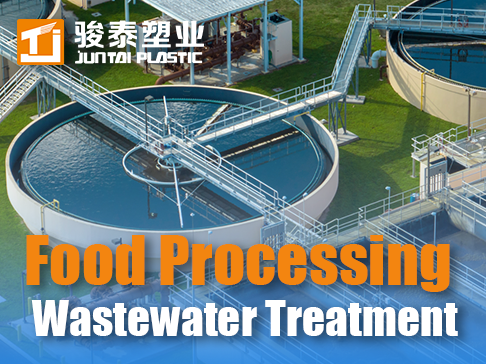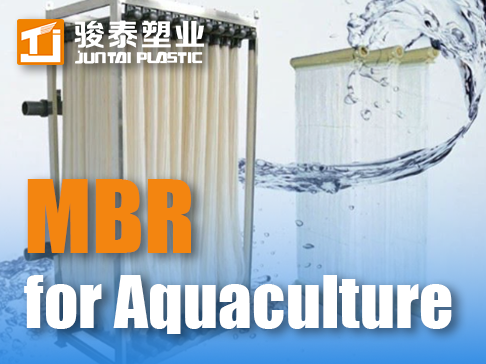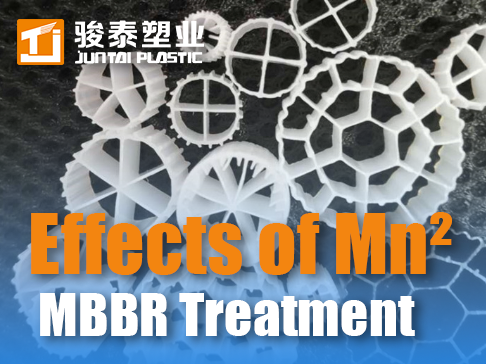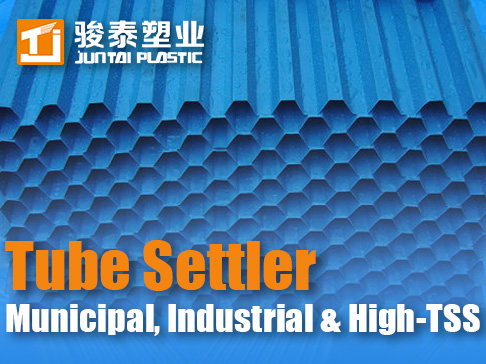 +86 13600513715
+86 13600513715 Advanced Hospital Wastewater Treatment: Tackling Pathogens, Pharmaceuticals & Chemical Residues
The Hidden Hazards in Medical Wastewater
Hospital effluents contain 200-500% higher concentrations of critical contaminants than municipal sewage, posing unique treatment challenges:
-
Multi-drug-resistant pathogens: Acinetobacter, Pseudomonas surviving disinfection
-
Toxic pharmaceuticals: Cytostatics, antibiotics (ciprofloxacin up to 250 μg/L)
-
Chemical residues: Formaldehyde, mercury from labs (exceeding EPA limits by 8x)
Conventional wastewater Treatment Plants remove <40% of these micropollutants, causing ecological disruption downstream. Juntai’s medical wastewater solutions achieve 99.9% pathogen kill and 95% pharmaceutical degradation through integrated advanced processes.
Contaminant-Specific Treatment Technologies
1. Pathogen Elimination System
| Technology | Mechanism | Log Reduction | Limitations |
|---|---|---|---|
| Chlorination | Hypochlorous acid oxidation | 2-3 log | Forms toxic AOXs |
| UV-C Disinfection | DNA damage at 254nm | 4 log | High turbidity failure |
| Ozonation | Cell membrane rupture | 5 log | Short contact time |
| Electrochemical AOP | •OH radical generation | 6 log | Requires conductive water |
Juntai Innovation: Pulsed UV-Ozone Hybrid Reactors maintain 6-log pathogen kill at 40 NTU turbidity through alternating 20s UV/ozone cycles.
2. Pharmaceutical Degradation Unit
-
Bioaugmented MBBR: Pseudomonas putida strains engineered for carbamazepine degradation
-
TiO₂ Photocatalysis: 185nm UV-activated nanoparticles mineralize 98% antibiotics
-
Molecularly Imprinted Polymers: Selective adsorption of estrogenic compounds
Field Data: Reduced ciprofloxacin from 180 μg/L to <0.5 μg/L in 22 minutes.
3. Chemical Neutralization Train
-
Mercury Capture: Thiol-functionalized biochar adsorbs 99.8% Hg²⁺
-
Formaldehyde Scavenging: Enzymatic oxidation with formaldehyde dehydrogenase
-
Cytotoxic Drug Breakdown: Fenton oxidation at pH 3.5 (H₂O₂:Fe²⁺=2:1)
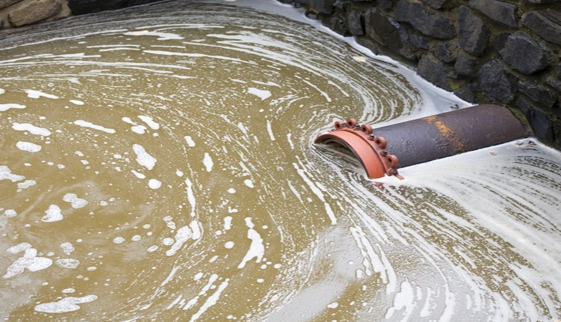
Integrated Hospital WWTP Design

Performance Metrics:
-
COD: <50 mg/L (95% removal)
-
NH₃-N: <2 mg/L
-
Total coliform: <10 CFU/100mL
-
Pharmaceuticals: Undetectable by HPLC-MS
Operational Cost Comparison
*Table: 10-year lifecycle analysis for 500-bed hospital (flow: 200 m³/day)*
| System Type | Capital Cost | O&M Cost/year | Energy Use | Sludge Production | Compliance Risk |
|---|---|---|---|---|---|
| Conventional SBR | $480,000 | $96,000 | 1.8 kWh/m³ | 12 kg/m³ | High (43% violations) |
| Membrane Bioreactor | $620,000 | $78,000 | 2.2 kWh/m³ | 8 kg/m³ | Moderate |
| Juntai Integrated | $550,000 | $52,000 | 0.9 kWh/m³ | 3 kg/m³ | Low (<1% violations) |
Case Study: Bangkok Cancer Hospital Retrofit
Challenge:
-
28,000 μg/L methotrexate in oncology wastewater
-
Recurrent Legionella outbreaks in cooling towers
-
35% surcharges for non-compliance
Solution:
-
Installed 3-stage treatment:
-
Tier 1: Bioaugmented BIO-BLOCK MBBR
-
Tier 2: Tube Settler clarifier with coagulant assist
-
Tier 3: UV-AOP with TiO₂ catalysts
-
-
Results:
-
Methotrexate degradation: 99.97%
-
Zero pathogen detection for 18 months
-
Water reuse: 65% for landscape irrigation
-
ROI: 2.8 years
-
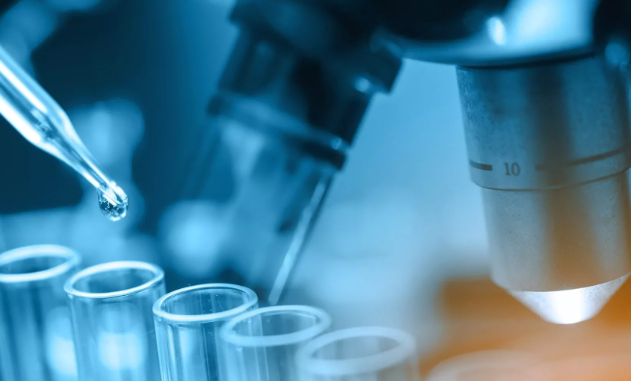
Future Innovations: Smart Hospital WWTPs
1. AI-Powered Contaminant Tracking
-
Raman spectroscopy sensors: Real-time drug residue detection
-
Predictive dose adjustment: Algorithm-controlled oxidant dosing
-
Pathogen forecasting: Machine learning models anticipating outbreaks
2. Zero Liquid Discharge Systems
-
Electrodialysis reversal: 90% water recovery from brine
-
Crystallizer-integrated evaporators: Solid waste reduction to 1%
-
Onsite pyrolysis: Thermal conversion of sludge to sterile ash
3. Green Treatment Technologies
-
Algal-bacterial symbiosis: Chlorella vulgaris removes 80% N/P while producing O₂
-
Bioelectrochemical systems: Generate electricity from organic pollutants
-
Enzymatic nanoreactors: Immobilized laccase degrades opioids continuously




